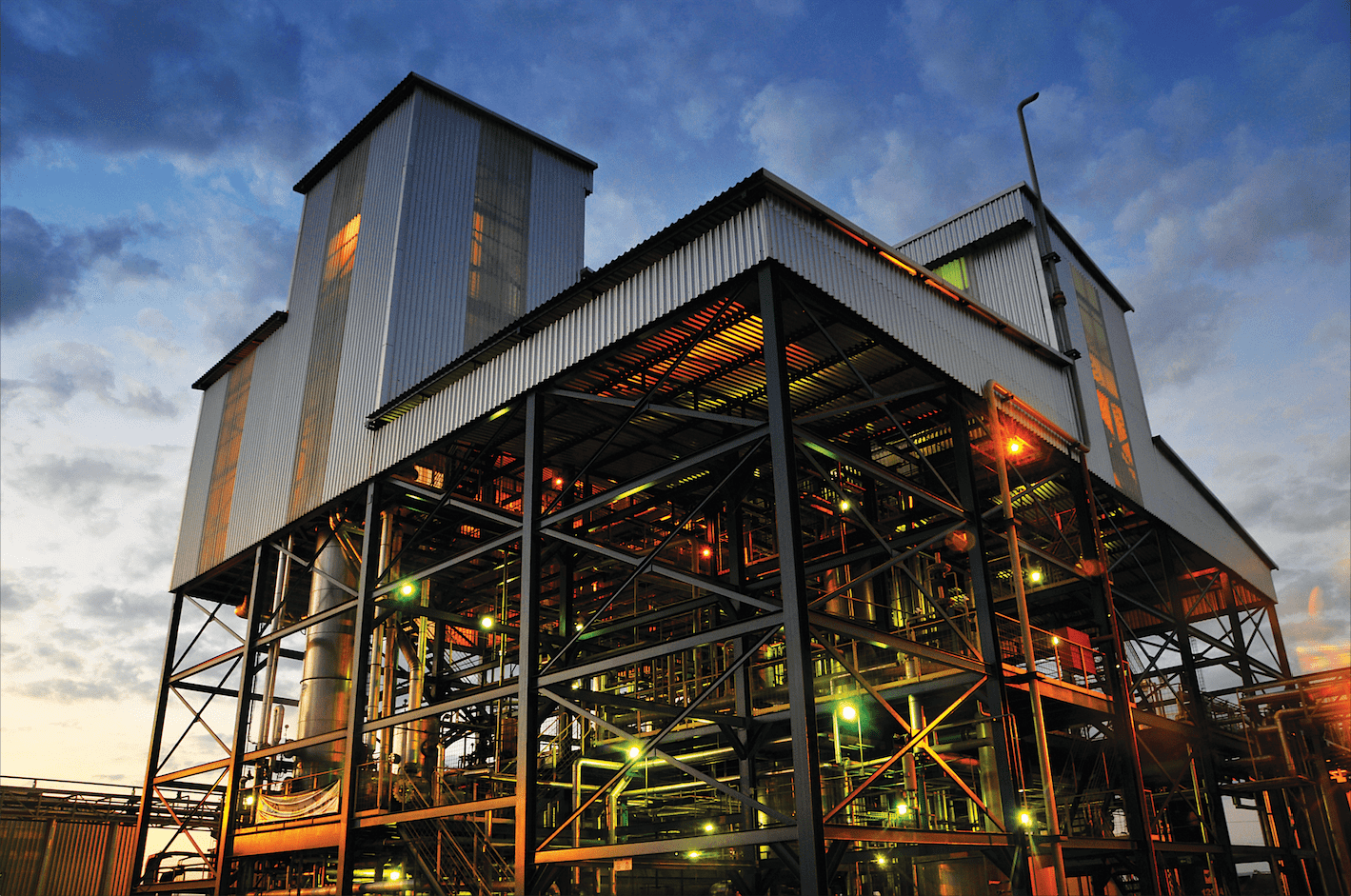Energy
JBS invests in adopting the best practices related to energy consumption. The management of power resources is a topic addressed in the daily routine of its operations, and has professionals dedicated to bringing the best solutions. The Company’s strategy is based on the following actions:
- Growing use of renewable power sources
- Energy efficiency of its processes
- Reuse of materials that could be turned into residues for power generation
At the Company, the use of renewable energy represents 80% of the total consumed in its production units, and if onlythe Brazilian operations are considered, this number rises to 89%.
n addition to the efficient use of energy, JBS' focus is on investing in self-production and the use of renewable energy. The business engineering teams are dedicated to identifying opportunities to reduce energy use, developing eco-efficiency projects, and replacing equipment.
The Biolins cogeneration unit, located in the Lins Industrial Park, in the hinterland of São Paulo, generates thermoelectric energy and steam from biomass (sugarcane bagasse, eucalyptus chips and various biomass residues), with a generation capacity of around 45 megawatts of energy per hour, enough to supply a city with a population of 300,000.
About 33% of the electricity generated supplies the plants of Friboi, JBS Couros and JBS Novos Negócios in the industrial complex where it is located.
Biolins alone generates the equivalent of 20% of total energy used by all JBS factories in Brazil.

The Company also has JBS Biodiesel, the largest vertical producer in of biodiesel from beef tallow the world. Additionally, it uses cooking oil collected in residences and businesses, through the Project “Friendly Oil”,and fat of birds from JBS’s operations as raw material.
n the Brazilian operations, JBS reports as the main trends in power generation the increasing migration to the Free Energy Market, the use of more efficient equipment, the replacement of conventional light bulbs for LED models, and the reduction in the consumption of natural gas, giving space to other cleaner fuels.
JBS USA's environmental teams work to implement best practices for energy efficiency and reduce greenhouse gas emissions across our operations.
The share of indirect energy from renewable sources across our JBS USA facilities, globally, is approximately 4%. Pilgrim’s UK sources 100% renewable energy.
To learn more about the data reported on the Company's performance in Energy Intensity, access the JBS Performance Indicators.
